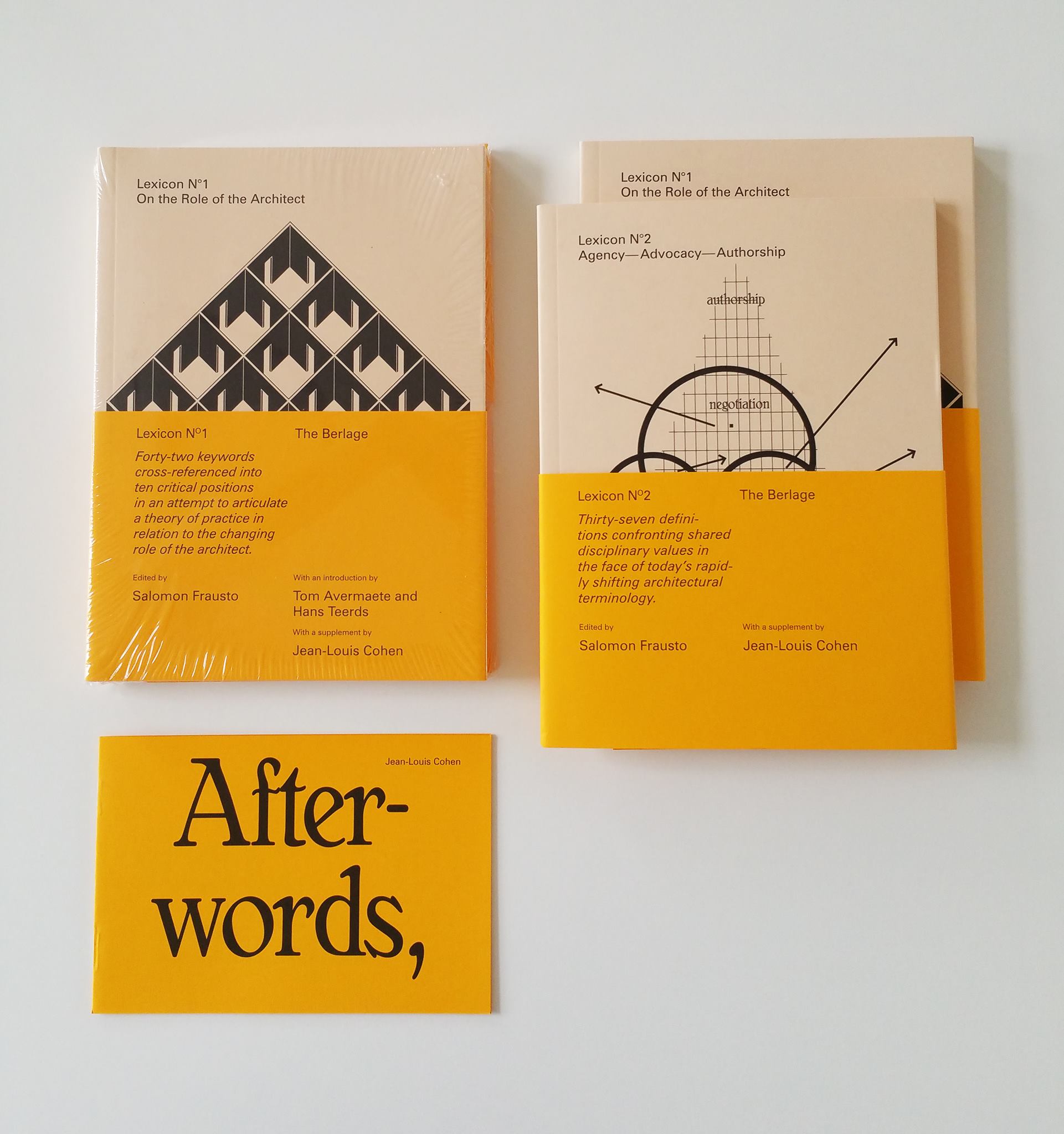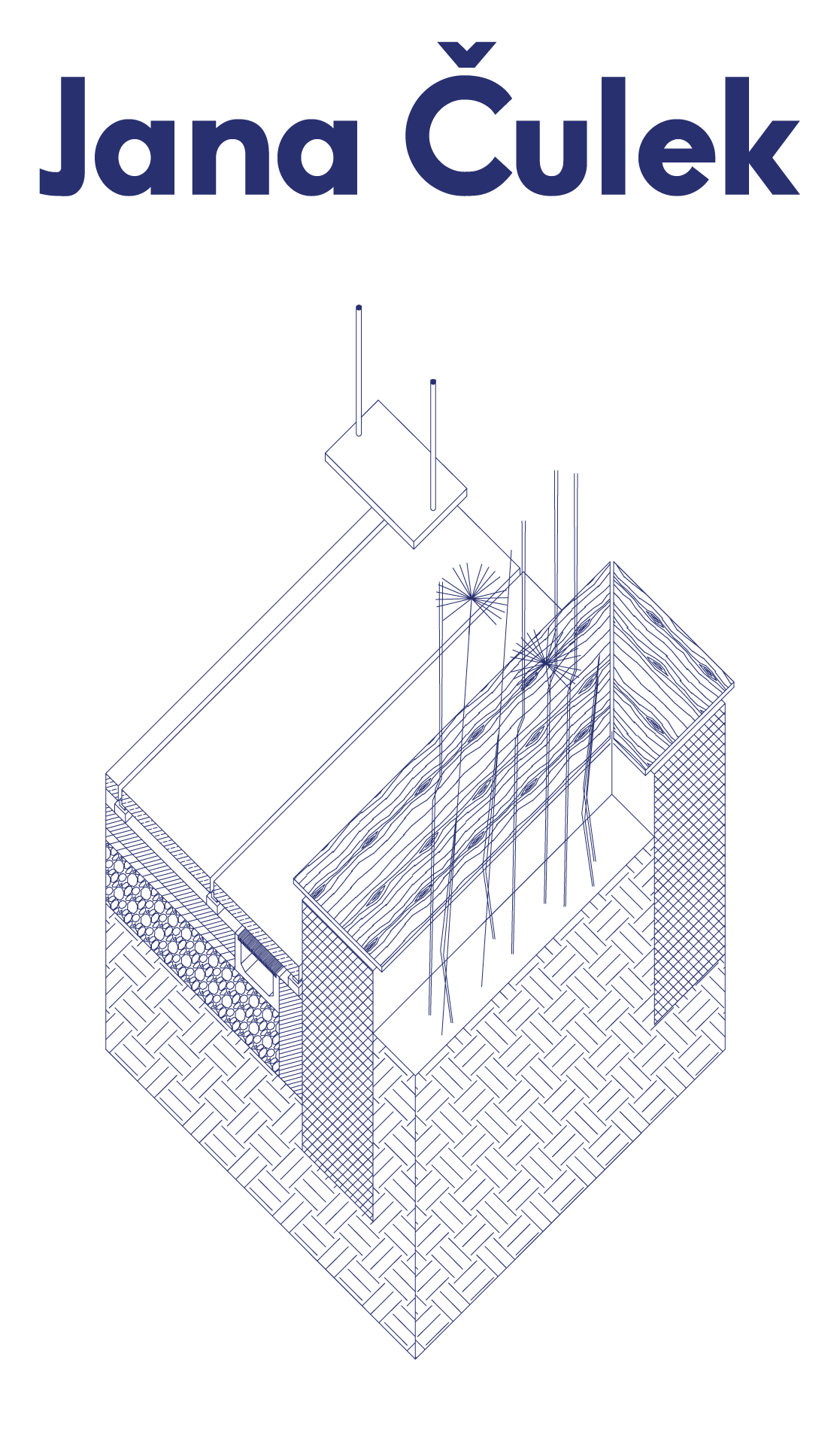
As architects we are forced to confront our inherent disciplinary values in the face of today’s rapid shifts in terminology, culture, conditions, modes of organisation and operating methods. The terms Agency – Advocacy – Authorship form a framework for contemporary architectural discourse, opening up an enormous playing field for the perpetually developing role of the architect. We are no longer bound to operate in the built environment. Ironically, social, business and media-related sciences use the term architect to define themselves as creators.
The architect holds a unique ability to analyse, critique, articulate and synthesize specific conditions, while at the same time transforming them into future projections. In that sense, the architect influences the production of space by means of disciplinary Fundamentals, using a chosen set of Methods to orchestrate collaboration among Actors and appropriate the power of existing Agitators. These four categories form the common ground of practice. Depending on the way we position ourselves towards the ambiguity of such terms as Agency-Advocacy-Authorship, we assume a significant role as mediators. Authorship, Agency and Advocacy are taken as “umbrella“ terms within this lexicon because they frame the way architects function within the built environment.
These terms can be best explained by going through the process of an architectural project. The project is considered to be a form of authorship. Weather it is conceived by an individual, a team, a group, a company, a state or any other entity, it always holds a form of authorship. The difference between a conceptual project and a built one can then be related to the difference between advocacy and agency. While still in its paper form, an architectural project is advocating for something. It is promoting something, taking a position, defining who it wants to promote and who will benefit from it. Advocacy involves taking a position, a stand. It should also be noted that advocacy does not necessarily need to be in tune with one’s own positions. One can advocate for something while not having to necessarily believe in it. Agency, on the other hand, is when the project starts producing results. It is the process of getting things done. Therefore, Agency is considered as an opportunity to change the system. It involves acting, doing something. It is related to how we can take action to change what we advocate for. It is in that way also more closely in tune with one’s one beliefs. While you can advocate for something that you don’t believe in, you will rarely take action to change it if it isn’t something you personally feel is worth changing. By acting upon what you advocate you become an agent. By translating this back to the architectural project, the transition of an architectural concept, into a built work or a functional policy, the project transports itself from the realm of advocating to the realm of agency. Agency is how you define your capacity to have advocacy; the ways in which you can make a change in a very concrete way. Authorship is then acting as a support for the two. When relating it to architecture, authorship differs by its relationship to either a conceptual project or a realized built work. By conceptualizing a project you advocate something, but by building it you become an agent of change. How you conceptualize and how you build is your authorship. Authorship is, consequently, defined by the process. How you position yourself and how you define as your working process between these different situations will, eventually, define the final outcome of the project. Agency – Advocacy – Authorship determines the work itself. Whether it is a concept, a policy or a built work, authorship, advocacy and agency define the project’s scope and influence over the built environment and society.
![]()
![]()
![]()
![]()
The Lexicon was created as a part of a Berlage Theory Seminar by the Berlage Generation XXV. The book was edited by Salomon Frausto with a supplement by Jean-Louis Cohen.
Authors of the text in Lexicon No.2 are Tritip Chayasombat, Jana Čulek, Nafsika Efklidou, Anastasiia Gerasimova, Bart de Hartog, Fairus Kholid, Claire Lubell, Piergianna Mazzocca and Junxiang Zhang.
